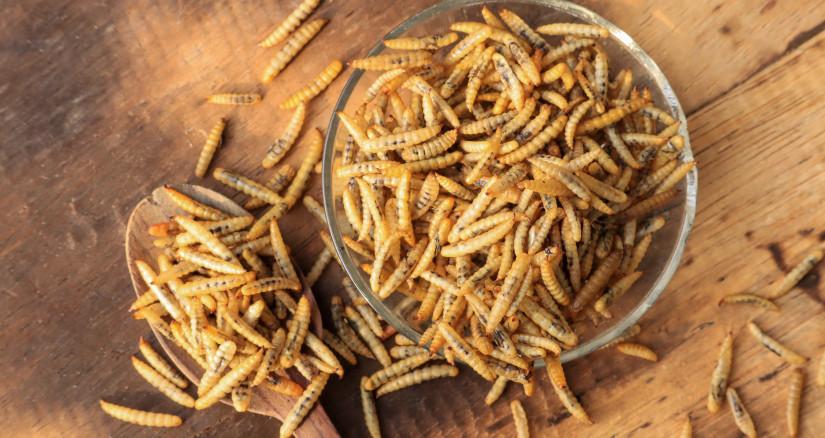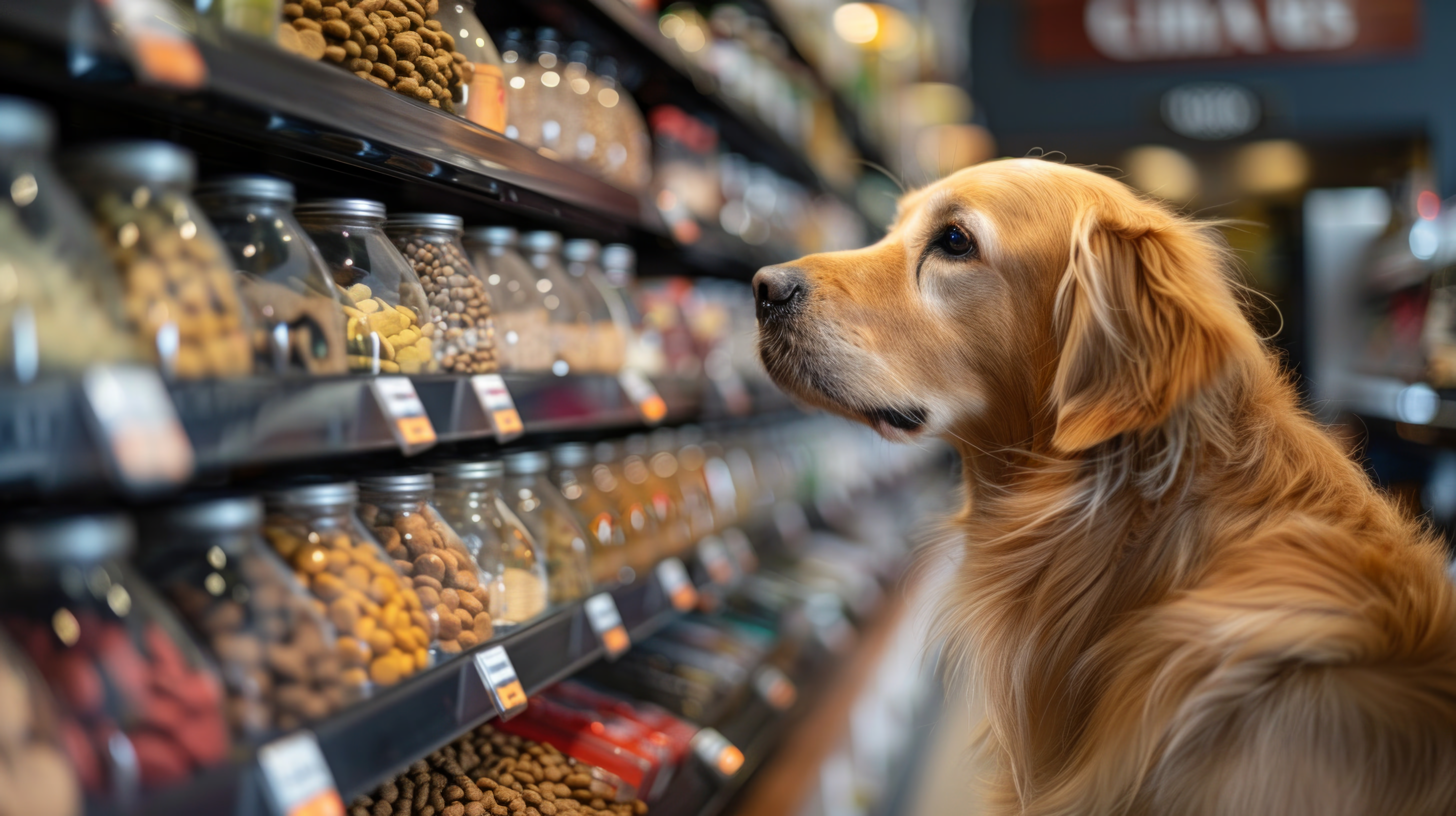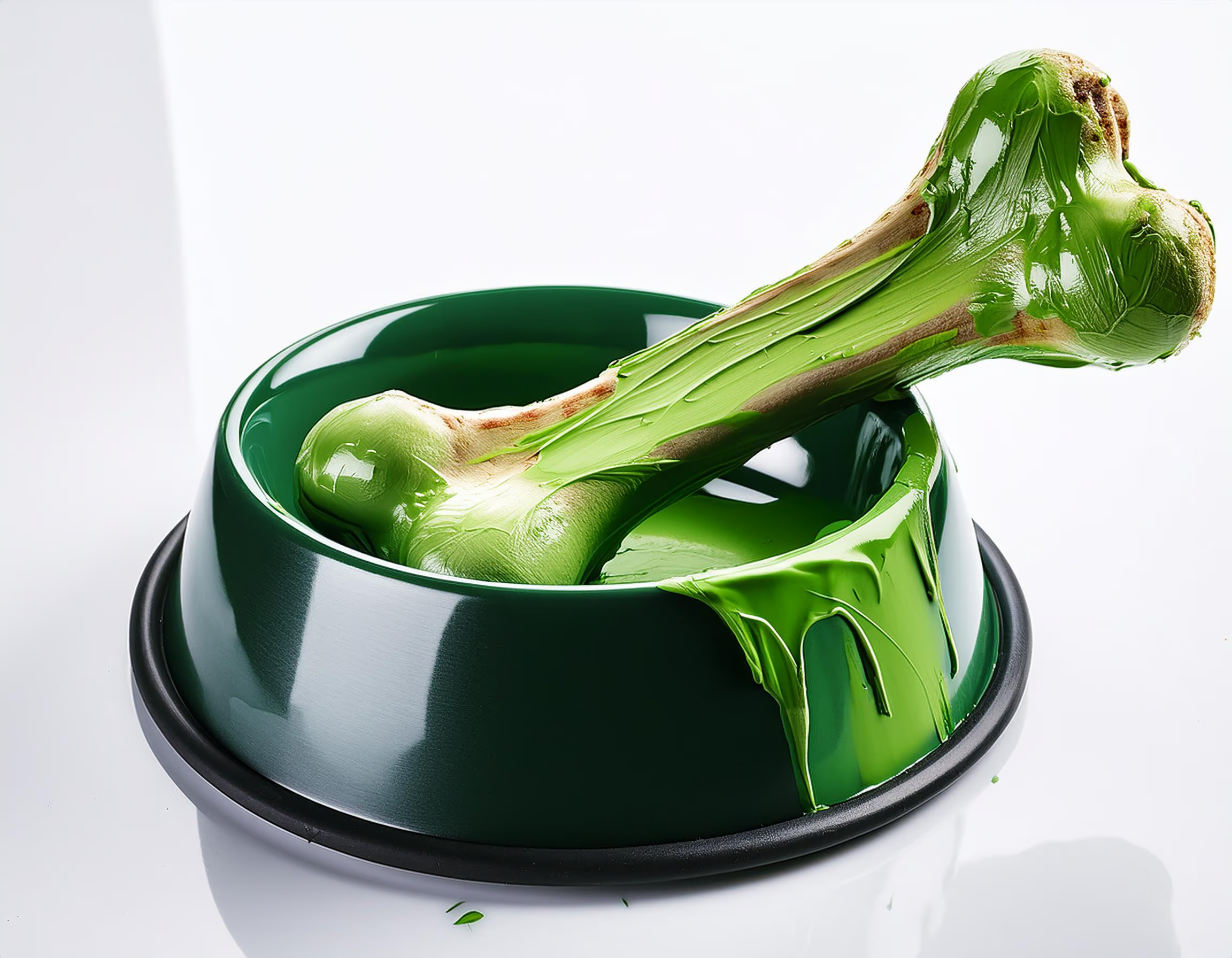The use of insects as a protein source has gained considerable popularity in the pet and human food industries as the consumer agenda focuses more heavily on sustainability.3 Insects are commonly consumed as human food in many cultures around the globe.4-6 Of the insects most commonly being produced on a commercial scale, black soldier fly larvae (BSFL) have been given considerable attention, as they are cheap to raise and possess a unique nutritional composition.7,8
The utilization of BSFL as a sustainable protein source in feed for swine, poultry, and aquaculture has been studied extensively, and researchers are beginning to study BSFL in feed for companion animals as well.3,9,10 According to previous studies, the environmental impact of BSFL production is far less than that of conventional livestock production.11,12 Black soldier fly larvae have the unique ability to transform organic waste such as cow manure, sewage sludge, restaurant waste, and fish offal into valuable biofuels such as ethanol and biodiesel, however, the nutritional composition of BSFL will differ depending upon their diet.13,14
Recently, BSFL, as an alternative protein source in pet food, has been the subject of much investigation. Many studies have been done to evaluate the nutrient composition of BSFL, noting a high-quality composition of nutrients.15 Black soldier fly larvae are considered a complete protein for humans, meaning they contain all nine essential amino acids.21 In addition, BSFL has one of the highest amino-acid scores compared to conventional protein sources such as fish meal.16,17On average, BSFL contains approximately 400 grams of crude protein per kilogram of dry matter (DM) and 300 grams of crude fat per kilogram of DM.9,18
A recent study showed similar results when comparing BSFL (36.5% inclusion) and venison as the primary protein source in extruded dog kibble.15 In dogs, acceptability of dry kibble containing BSFL is good, with dogs accepting foods containing up to 20% inclusion rate of BSFL; however, acceptability is lower in cats, with acceptance up to 5% inclusion.19,20
When evaluating the sustainability, nutrient composition, digestibility, and acceptability of protein products to use in pet food, BSFL is comparable to conventional meat products. While adequate studies have shown that BSFL is an acceptable alternative protein source in pet diets, more studies to evaluate processing, digestibility, and palatability would be beneficial.17
By: Ada-Miette Thomas
Source: BSM Partners
References
- American Pet Products Association. (n.d.). Industry trends and stats. APPA. https://www.americanpetproducts.org/research-insights/industry-trends-and-stats
- Sutton, A., Costa, N.D. 2023. The role of black soldier fly larval protein and fat in companion-animal nutrition: challenges and opportunities from an industry perspective. Animal production science.
- Wang, Y. S., Shelomi, M. 2017. Review of black soldier fly (Hermetia illucens) as animal feed and human food. Foods. 6(10):91.
- Paul, A., Frederich, M., Megido, R. C., Alabi, T., Malik, P., Uyttenbroeck, R., et al. 2017. Insect fatty acids: A comparison of lipids from three Orthopterans and Tenebrio molitor L. larvae. J. Asia-Pacific Entomology. 20(2):337-340.
- Paul, A., Frederich, M., Uyttenbroeck, R., Hatt, S., Malik, P., Lebecque, S., et al. 2016. Grasshoppers as a food source? A review. Biotechnologie, Agronomie, Société et Environnement, 20(AgricultureIsLife).
- Paul, A., Frederich, M., Uyttenbroeck, R., Malik, P., Filocco, S., Richel, A., et al. 2016. Nutritional composition and rearing potential of the meadow grasshopper (Chorthippus parallelus Zetterstedt). J. Asia-Pacific Entomology. 19(4):1111-1116.
- Star, L., Arsiwalla, T., Molist, F., Leushuis, R., Dalim, M., Paul, A. 2020. Gradual provision of live black soldier fly (Hermetia illucens) larvae to older laying hens: Effect on production performance, egg quality, feather condition and behavior. Anim. 10(2): 216.
- Schmitt, E., Belghit, I., Johansen, J., Leushuis, R., Lock, E. J., Melsen, D., et al. 2019. Growth and safety assessment of feed streams for black soldier fly larvae: A case study with aquaculture sludge. Anim. 9(4):189.
- Barragan-Fonseca, K.B., Dicke, M., van Loon, J.J. 2017. Nutritional value of the black soldier fly (Hermetia illucens L.) and its suitability as animal feed– A review. J. Insects Food Feed. 3(2):105-120.
- Makkar, H. P., Tran, G., Heuzé, V., Ankers, P. 2014. State-of-the-art on use of insects as animal feed. Anim. Feed Sci. Technol. 197:1-33.
- Smetana, S., Schmitt, E., Mathys, A. 2019. Sustainable use of Hermetia illucens insect biomass for feed and food: Attributional and consequential life cycle assessment. Res. Conserv. Recylcing. 144:285-296.
- Gligorescu, A., Fischer, C.H., Larsen, P.F., Nørgaard, J.V., Heckman, L.H.L. 2020. Production and optimization of Hermetia illucens (L.) larvae reared on food waste and utilized as feed ingredient. Sustain. 12(23):9864.
- Van Huis, A., Van Itterbeeck, J., Klunder, H., Mertens, E., Halloran, A., Muir, G., Vantomme, P. 2013. Edible insects: Future prospects for food and feed security (No. 171). Food and Agriculture Organization of the United Nations.
- Tomberlin, J.K., Cammack, J.A. 2017. Black soldier fly: Biology and mass production. Insects as food and feed: from production to consumption. Wageningen Academic Publishers, Wageningen, the Bosch, G., Zhang, S., Oonincx, D. G., & Hendriks, W.H. 2014. Protein quality of insects as potential ingredients for dog and cat foods. J. Nutr. Sci. 3(e29):231-246.
- Penazzi, L., Schiavone, A., Russo, N., Nery, J., Valle, E., Madrid, J., et al. 2021. In vivo and in vitro digestibility of an extruded complete dog food containing black soldier fly (Hermetia illucens) larvae meal as protein source. Front. Vet. Sci. 8:653411.
- Loho, L., Lo, D., Romulo, A. 2023. Amino acid analysis and physiological properties of protein concentrate made from Black Soldier Fly Larvae (Hermetia illucens). In IOP Conference Series: Earth and Environmental Science. 1200(1):012028.
- Bosch, G., Swanson, K.S. 2021. Effect of using insects as feed on animals: Pet dogs and cats. J. Insect Food Feed. 7(5):795-805.
- Abd El-Wahab, A., Meyer, L., Kölln, M., Chuppava, B., Wilke, V., Visscher, C., Kamphues, J. 2021. Insect larvae meal (Hermetia illucens) as a sustainable protein source of canine food and its impacts on nutrient digestibility and fecal quality. Anim.11(9):2525.
- Yamka, R.M., Koutsos, E.A. and McComb, A., 2019. Evaluation of black soldier fly larvae as a protein and fat source in pet foods. Petfood Forum, Kansas City, MI, USA, pp. 8-9.
- Paßlack, N., & Zentek, J. (2018). Akzeptanz, Verträglichkeit und scheinbare Nährstoffverdaulichkeit von Alleinfuttermitteln auf Basis von Hermetia-illucens-Larvenmehl bei Katzen [Acceptance, tolerance and apparent nutrient digestibility of complete diets based on larvae meal of Hermetia illucens in cats]. Tierarztliche Praxis. Ausgabe K, Kleintiere/Heimtiere, 46(4), 213–221. https://doi.org/10.15654/TPK-180372
- Miron, L., Montevecchi, G., Bruggeman, G., Macavei, L. I., Maistrello, L., Antonelli, A., & Thomas, M. (2023). Functional properties and essential amino acid composition of proteins extracted from black soldier fly larvae reared on canteen leftovers. Innovative Food Science & Emerging Technologies, 103407.
You could be interested: Greenwashing in pet food: what it is and how to avoid it































